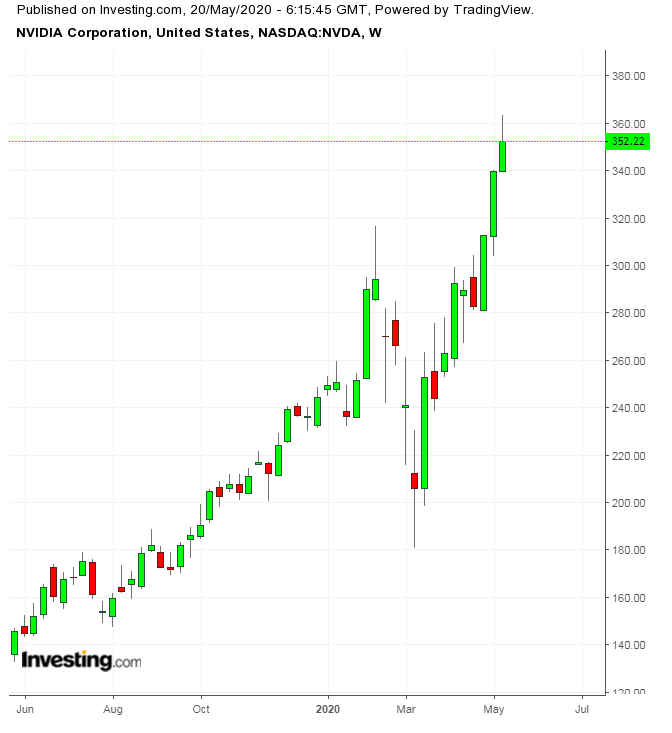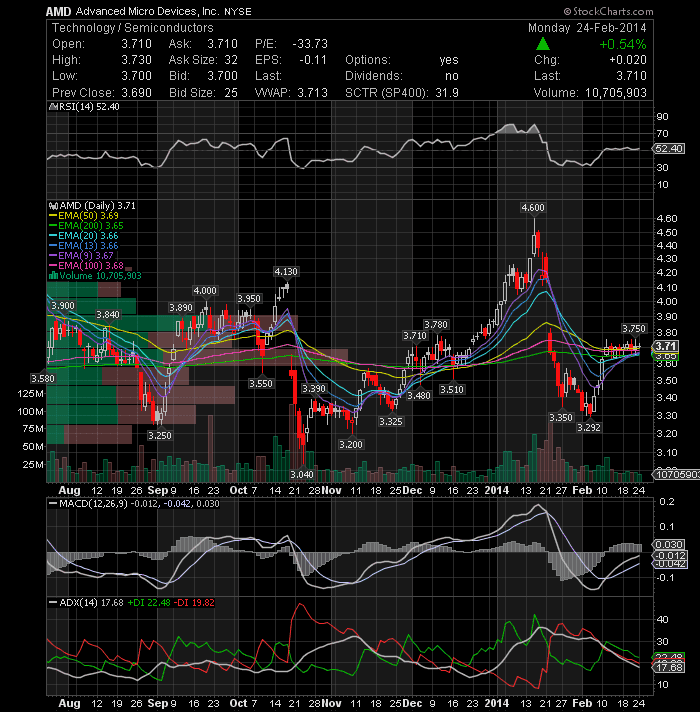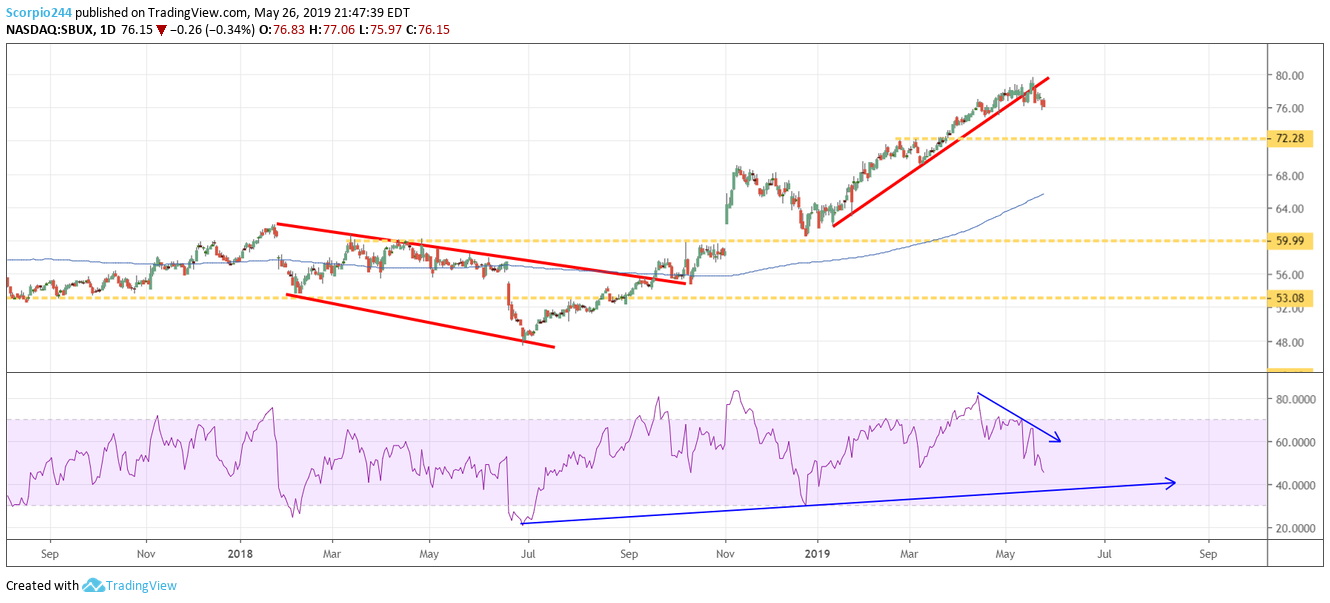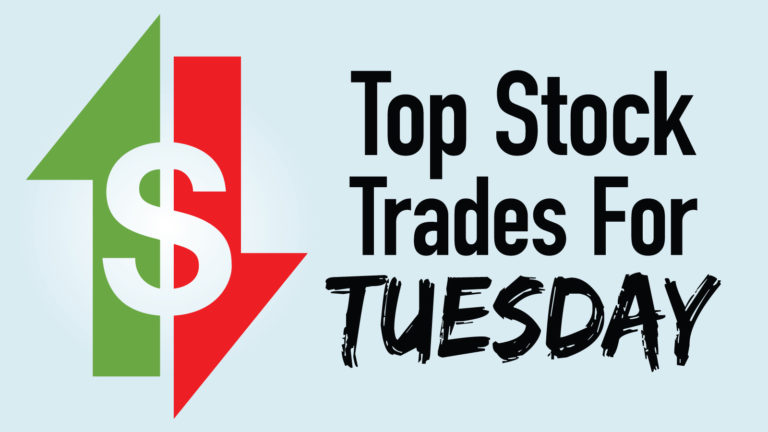

It also carries a possible reward, which partially explains why the stock market came back a bit in the final hour of trading. “Tomorrow’s jobs report once again carries risks for stocks because if it runs ‘too hot,’ that will increase the prospects of more hikes and, more importantly, delay when markets expect rates will be cut,” wrote Sevens Report’s Tom Essaye. Economists are looking for 318,000 jobs to have been added, which would be lower than the 528,000 jobs in July.

“A tight labor market will continue to exert inflationary pressure on wages, which in turn will drive inflation …the Fed will remain focused on fighting inflation.”īut the big news comes Friday, when the Bureau of Labor Statistics will release the August employment report. “The hard data clearly points to a still-tight labor market,” wrote Citigroup economist Andrew Hollenhorst. They came in at 232,000, below expectations and below last week’s 237,000. That could indicate strong demand for labor, which could keep inflation elevated-and the Fed serious about lifting rates. The Institute for Supply Management’s manufacturing index held steady at 52.8 in August, slightly above expectations for a reading of 51.8.īut weekly jobless claims weren’t exactly what markets had wanted. The central bank is prioritizing the fight against inflation, potentially at the expense of economic growth.Īnd more news on the state of the economy hit the wires Thursday.

The pullback comes as Fed Chairman Jerome Powell said at the annual Jackson Hole Symposium that the Fed intends on lifting interest rates aggressively, rather than slowing down the pace of rate hikes.

The S&P 500 came into Thursday with a four-day losing streak and is down 8% from the peak of its summer rally, hit in mid-August. The market has already been in a bad way. Overall, “Markets still perceive good economic news as bad news when it comes to markets and the Fed,” wrote Stefanos Bazinas, execution strategist at New York Stock Exchange.


 0 kommentar(er)
0 kommentar(er)
